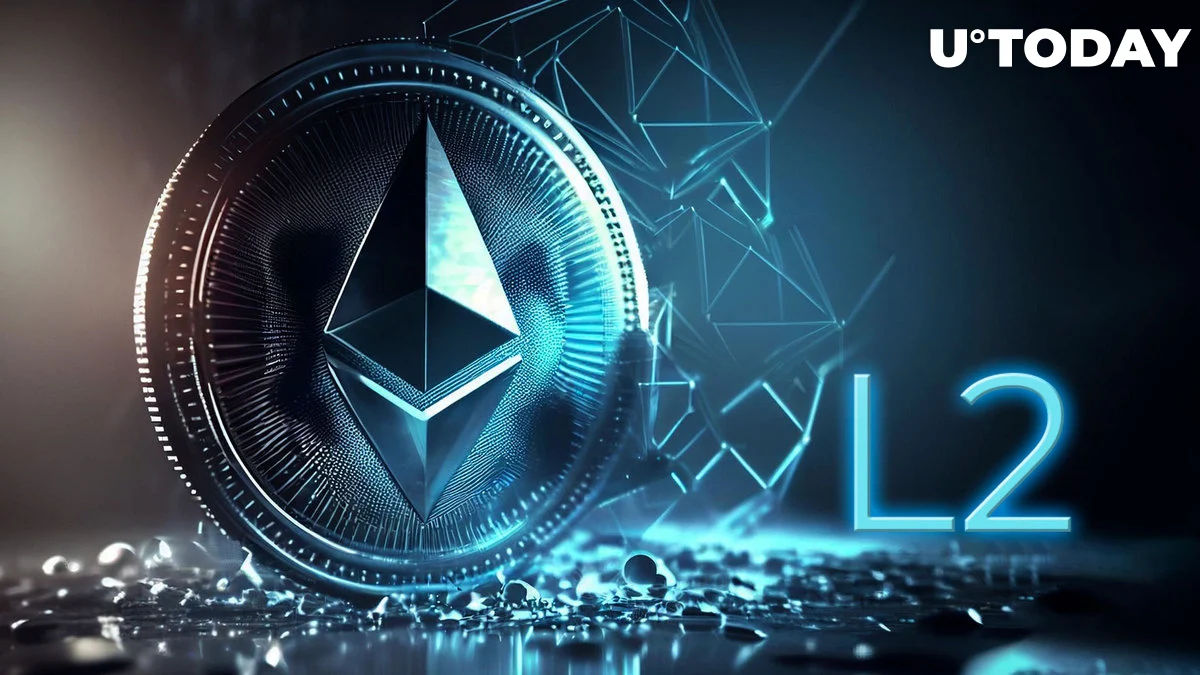
Ryan Berckmans, an experienced Ethereum (ETH) supporter and investor, produced a thread to highlight the key benefits of noncustodial bridge methods across different second-layer solutions. They can be far more resource-efficient and are resistant to unexpected hardforks.
Inter-L2 bridges are more reliable and cheaper than competitors from L1s, Ryan Berckmans says
Bridges across various Ethereum-based L2 scalers have already shown to be less dangerous and more gas-efficient than cross-L1 bridges. Their dominance is expected to grow even more clear in the future, according to Berckmans’ assessment in his post on X thread.
For instance, both the top-level L2s and their bridges are immediately transferred once the underlying L1 hard forks. In the meanwhile, manual migration must be started on a bridge between two L1s. All of a paternal L1’s L2s reorganise automatically; further intervention is not required.
Additionally, by integrating zero-knowledge proofs (ZKPs), networks of linked L2 protocols can be more gas-efficient than bridges from earlier generations:
A third advantage is that messages from inter-L2 bridges can be included in the same aggregated verification that drives the L2s. For instance, with no additional cost to the L1 gas, bridging activity can be included in the same zk proof that is used to resolve a zk L2’s internal activity.
Only if we believe that both the start and target L1 blockchains will never experience hardforks can we consider cross-L1 bridges to be immutable.
Hop Protocol, Across, Connext, and Socket applications were among the first cross-L2 decentralised bridges suggested by Berckmans.
Arbitrum strengthens its dominance in L2 scene with Stylus launched
The crews of L2 bridges, however, still have a lot of work to do, according to Berckmans. They will be of utmost significance for the global value transfer system in the future:
In summary, inter-L2 bridges will always be more dependable and less expensive than cross-L1 bridges. The Ethereum Trade Network will therefore serve as the main transportation system for the multichain network economy.
Two blockchains, namely Arbitrum One (ARB) and Optimism (OP), currently dominate 90% of Ethereum’s L2s ecosystem. As previously reported by U.Today, Arbitrum unveiled Stylus, a tool for programmers using non-EVM languages.
Developers may run smart contracts and tokens created in WASM languages (C, C++, and Rust) in EVM-compatible blockchains without restrictions thanks to Stylus.


















